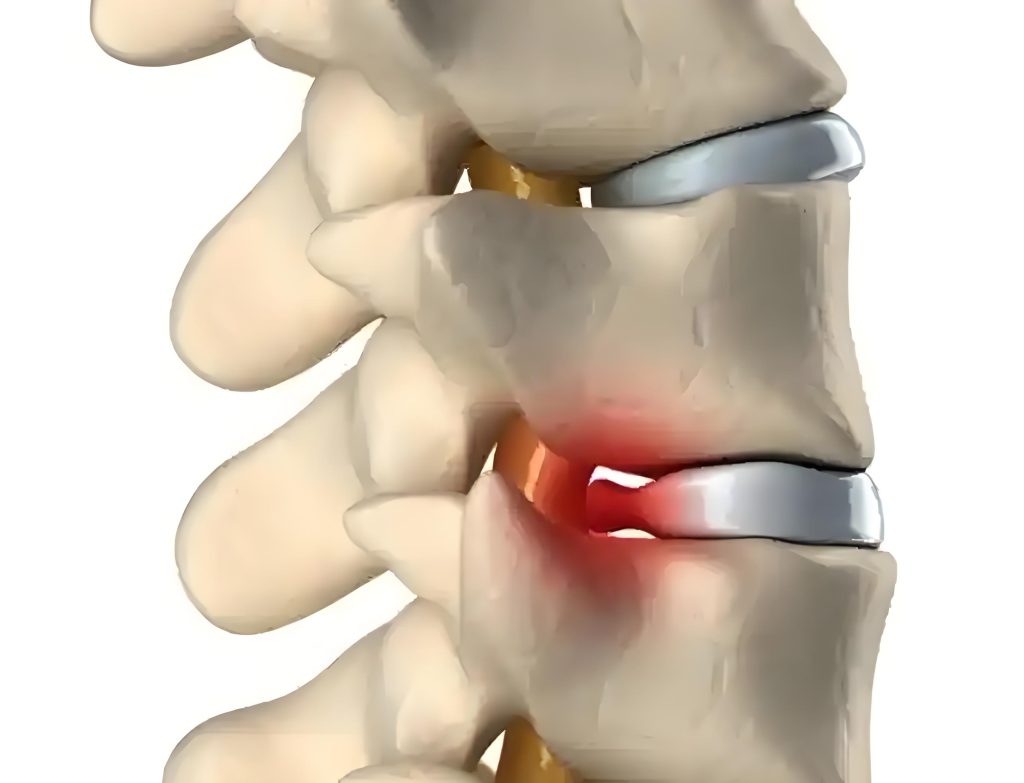
Can Massage Therapy Be Used for Lumbar Disc Herniation?
Whether massage therapy is suitable for lumbar disc herniation (LDH) depends on the severity and type of the condition. While massage may help relieve certain symptoms, improper techniques or inappropriate cases can worsen the problem. Here’s a detailed analysis:

1. When Might Massage Be Beneficial?
For mild disc bulging or protrusion without severe nerve compression (e.g., no leg pain, numbness, or muscle weakness), gentle massage may help relax tight muscles, reduce spasms, and improve blood circulation. During the chronic recovery phase, massage can serve as an adjunct therapy when combined with heat therapy or physiotherapy. However, techniques must be mild—avoid direct pressure on the spine or forceful twisting, as this could aggravate the injury.
2. When Should Massage Be Avoided?
Massage is contraindicated in the following cases:
- Acute flare-ups (severe pain, inflammation, or swelling).
- Severe nerve compression (e.g., radiating leg pain, muscle weakness, or cauda equina syndrome—loss of bladder/bowel control).
- Specific disc conditions (e.g., sequestered or free fragments, spinal stenosis).
- Osteoporosis or spinal instability, as forceful manipulation may cause fractures or worsen disc displacement.
3. Important Precautions
- Seek a qualified professional – Only licensed physiotherapists or TCM doctors should perform massage, avoiding aggressive techniques like “back walking” or forceful spinal adjustments.
- Combine with other treatments – Massage alone is insufficient; it should be part of a comprehensive plan including medication, traction, and exercise therapy.
- Monitor reactions – If pain increases or new symptoms (e.g., leg numbness) appear, stop immediately and consult a doctor.
4. Alternative Treatment Options
- Acute phase: Short-term bed rest (≤3 days), NSAIDs (e.g., ibuprofen), or epidural steroid injections.
- Recovery phase: Low-impact exercises (swimming, yoga), physiotherapy (ultrasound, TENS).
- Long-term prevention: Core strengthening (e.g., planks), posture correction, weight management to reduce spinal load.
5. Conclusion
Massage is not universally suitable for lumbar disc herniation. Mild cases may benefit under professional guidance, but moderate-to-severe cases—especially with nerve compression—require medical intervention. Always prioritize a doctor’s assessment and avoid self-treatment to prevent complications. If neurological symptoms occur, seek immediate medical attention, as surgery may be necessary in advanced cases.







